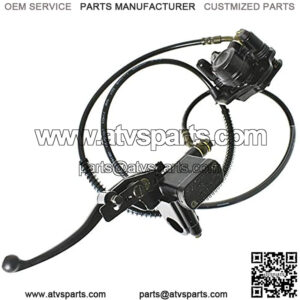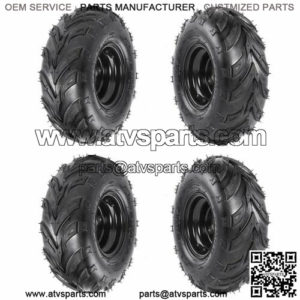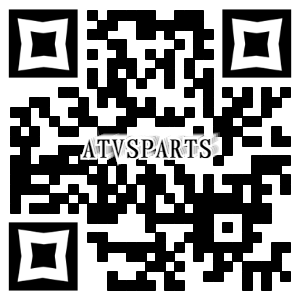Rebuilding a CVT Clutch: The Basics
Most of today’s ATVs use a constantly variable transmission (CVT) clutch system. While they vary by manufacturer, the basics of a CVT clutch are essentially the same.
The two sheaves of the primary clutch are spread apart from one another because there’s a clutch spring within the assembly pushing them apart. The primary clutch assembly is directly attached to the crankshaft, so as the engine runs, the rotation of the crankshaft causes the assembly to rotate with it. As the engine speed increases, the RPMs increase and the speed to which the primary clutch rotates also increases.
As it rotates faster, the primary clutch generates centrifugal force on those weights, and they begin to overcome the force of the clutch spring. When the force of the spring is overcome, the outer sheaves move inward toward the inner sheave. This movement pinches down on the belt, engaging it, and transferring the rotational power from the primary clutch to the secondary clutch.
As mentioned, each manufacturer’s version of the CVT clutch is different, but they all basically work the same way. If the sheaves won’t move and push and pull the belt in or out, it might be time to rebuild the clutch. Watch the video above and follow the steps below for the basics of how to rebuild a CVT clutch.
Tools Needed – CVT Clutch Rebuild
- Ratchet and sockets
- Torque wrench
- Primary clutch drive puller (specialty)
- Clutch drive compression tool (specialty)
NOTE: We used a 2011 Polaris Sportsman 850 XP CVT clutch for reference, but the CVT clutch system on other ATVs will be very similar. The main differences are the specs, so refer to the service manuals for your ATV. You might also need different specialty tools if you’re dealing with a different ATV make and model.
The Basics of Rebuilding a CVT Clutch
Step 1. Remove the wheel and the clutch cover.
NOTE: On a Polaris Sportsman 850, you need to remove a frame strut first to get to the clutch cover.
Step 2. Remove the drive belt.
NOTE: Watch the video above to see the process of removing and replacing the drive belt on a Polaris Sportsman ATV.
Step 3. Remove the secondary clutch assembly.
Step 4. Remove the primary clutch assembly by first taking off the primary clutch bolt, then using the primary clutch drive puller to break the primary clutch assembly free from the housing.
NOTE: The bolt holding the primary clutch on this particular model has a reverse thread, so you need to turn it clockwise to loosen it.
Step 5. Inspect the drive belt by running your fingers along each side of the belt, feeling for any uneven patches or wear. Check the belt’s teeth for any that may be cracked or damaged, and examine the overall condition of the drive belt. A healthy belt feels flexible; an older belt feels dry and stiff.
Step 6. Inspect the sheaves by running your fingers across the faces of each sheave to make sure they’re perfectly smooth, with no grooves or channels dug into them. Each sheave should be a bright metallic color, so if a sheave is darkened or discolored, it’s glazed and may need to be replaced.
PRO TIP: Before replacing a glazed sheave, try using contact cleaner and an abrasive cleaning pad to knock off the glaze. This gives the belt a clean, lightly scuffed surface to bite into.
Step 7. Take the primary clutch apart by using the clutch compression tool to keep pressure on the clutch spring so that you can remove the outer plate.
PRO TIP: Before taking the primary clutch apart, mark where the outer plate is in relation to the inner plate. They’re balanced, so marking them helps ensure they’ll be reinstalled in the same orientation.
Step 8. Replace the weights if necessary. If you have to replace the weights, make sure to purchase identical weights to those already installed on the clutch. This is because most manufacturers design their CVT clutches to fit multiple models, and each of those vehicles has a slightly different clutch setup, so the clutch will require vehicle-specific weights and spring.
PRO TIP: If you have to replace the weights or transfer them from an old clutch assembly to a new one, install new shoulder bolts and flex lock nuts on each of them. They’re inexpensive, and fitting new ones gives you peace of mind that they’re working perfectly once you put everything back together again.
Step 9. Reinstall the CVT clutch by simply reversing what you did to take it apart.
ABOUT CVT Clutch
“atv cvt clutch cleaning”
“atv cvt clutch tuning”
“atv cvt clutch”
“atv cvt clutch kit”
“how to drive a clutch atv”




